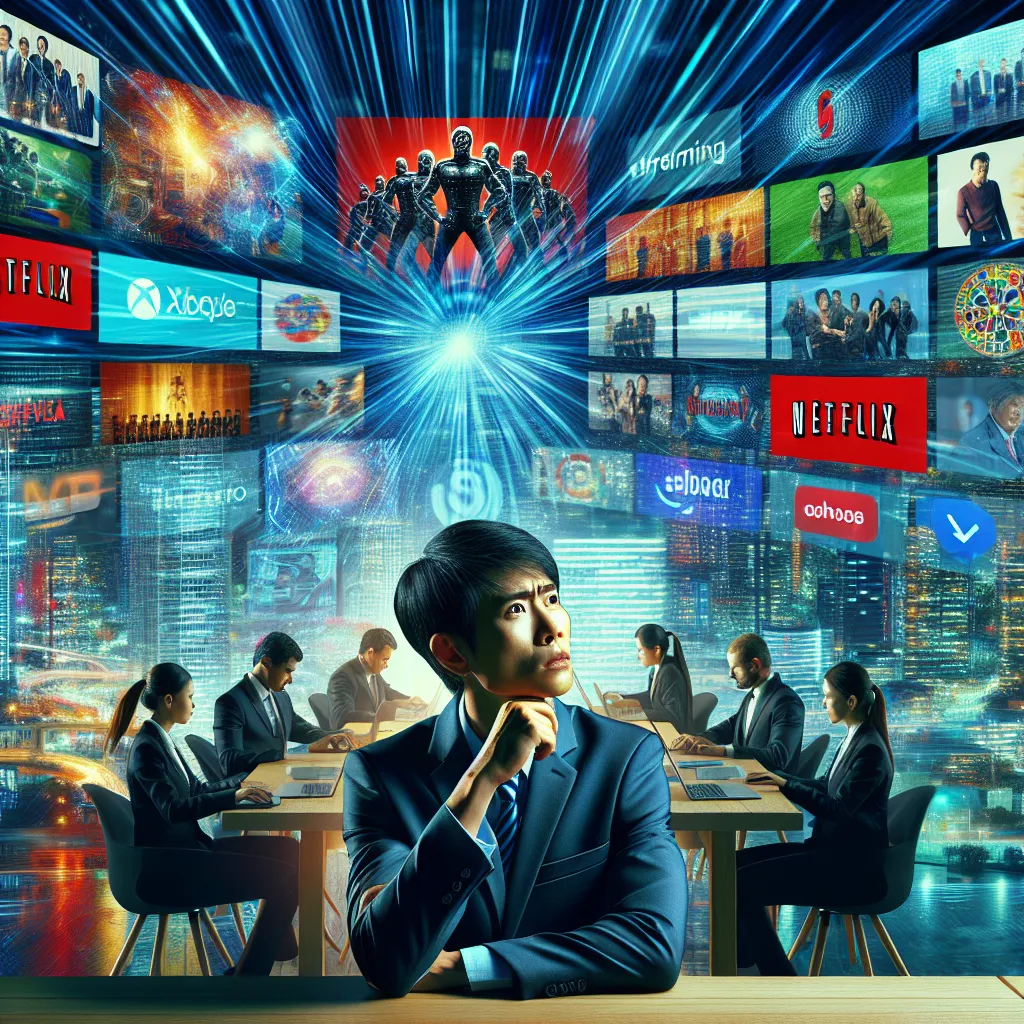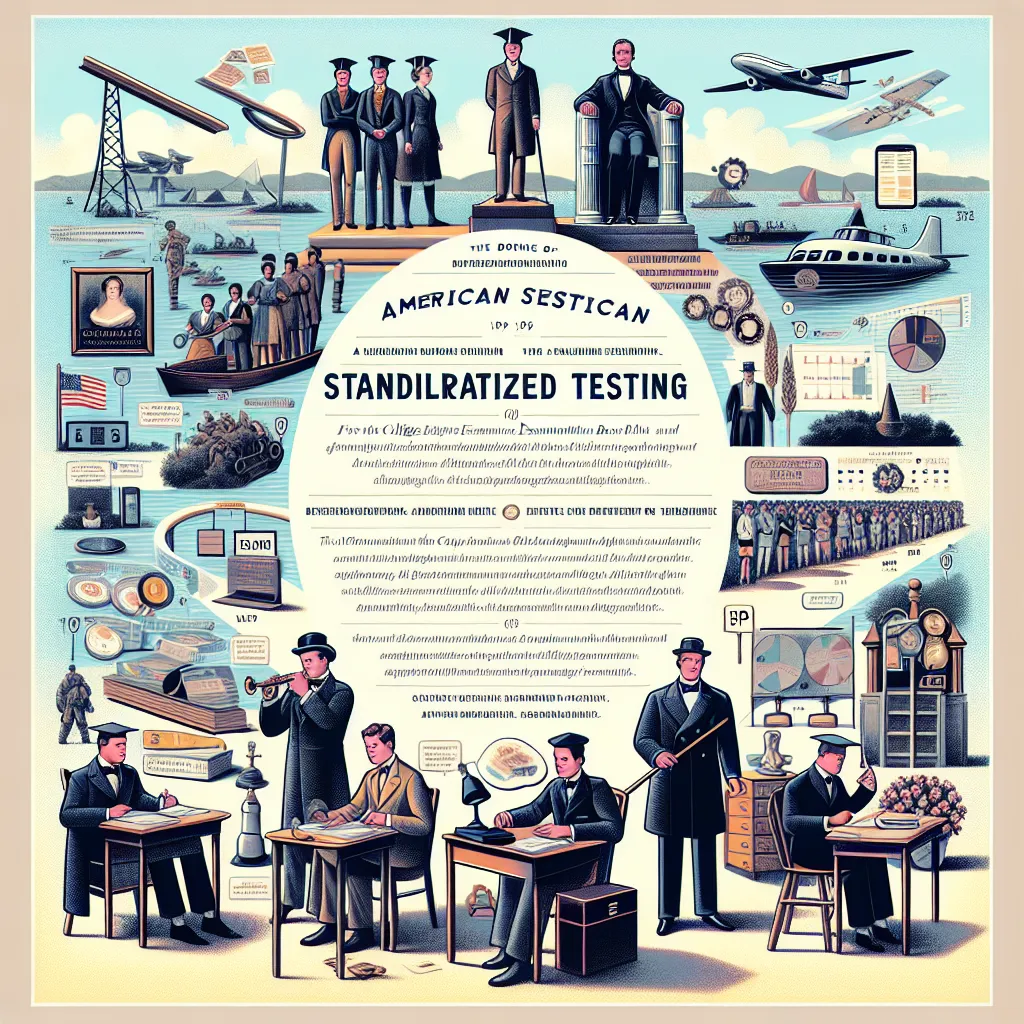The internet has revolutionized television, transforming how we consume content. Those days of family gatherings around one TV for a single show are long gone. Now, thanks to technological advancements, our phones and computers have become our main screens. In this digital age, we watch whatever we want, whenever we want. And at the heart of this change is Netflix.
Reed Hastings, Netflix’s co-founder, wasn’t your typical tech entrepreneur. He had an interesting start: from Minnesota, he served in the military, taught math in Swaziland with the Peace Corps, and got a Master’s in Computer Science. Hastings first co-founded Pure Software in 1991, which sold debugging tools for Unix systems. The company’s remarkable growth led to its sale in 1996, making Hastings a millionaire.
In 1997, Hastings faced a $40 late fee for not returning a rental of Apollo 13. This embarrassment sparked an idea for an improved rental system, eliminating late fees. Hastings and his friend started Netflix in Scotts Valley, California, focusing on mailing DVDs to customers.
Back then, betting on DVDs seemed crazy. DVD players were expensive, and not many people owned them. Hastings experimented with over 200 mailing packages until he found a cost-effective way to ship DVDs safely. Netflix launched on April 14, 1998, with 30 employees and 925 titles, offering rentals at $4 plus $2 shipping. They introduced smart suggestion algorithms, a feature that was groundbreaking in 1997.
Netflix grew quickly, and by 1999, they secured a $30 million investment, allowing them to introduce a subscription model. Despite initial financial struggles, the popularity of DVD players and the aftermath of 9/11 contributed to a surge in Netflix subscriptions. They went public in 2002 and became profitable in 2003.
Blockbuster attempted to compete but was too late. By 2005, Blockbuster and Walmart’s attempts to counter Netflix’s service failed, with Netflix shipping a million DVDs daily. By 2010, Blockbuster filed for bankruptcy, and Netflix celebrated delivering its billionth DVD.
Then came the real game-changer: streaming. In 2007, Netflix began offering on-demand streaming, marking the start of a new era. Though initial streaming options were limited, deals with major studios soon expanded their library. By 2010, streaming accounted for a significant chunk of North America’s internet traffic.
Netflix didn’t stop there. They took a risk by producing original content, starting with “House of Cards” in 2011, which received tremendous acclaim. Despite a hiccup with the Qwikster service, they persevered and continued producing hit shows like “Orange is the New Black” and “Arrested Development.”
The smart algorithms of Netflix not only retained customers but drove the creation of new content. They tailor-make shows based on customer preferences even before customers realize what they want. In 2013, this strategy paid off with multiple Emmy nominations for their shows.
Their aggressive strategy continues, with Netflix planning to release 600 hours of original content by 2016, investing billions in content acquisition. Competition from Amazon and Hulu keeps them on their toes, but Netflix remains a frontrunner in the streaming wars. As they aim to expand further with deals like the one with Comcast, the burning question is: how long can Netflix maintain its lead?
If you’re interested in more business stories, stay tuned!






